Special mechanisms and policies are the premise and foundation for the two largest cities in the country to start the revolution of building a metro network.
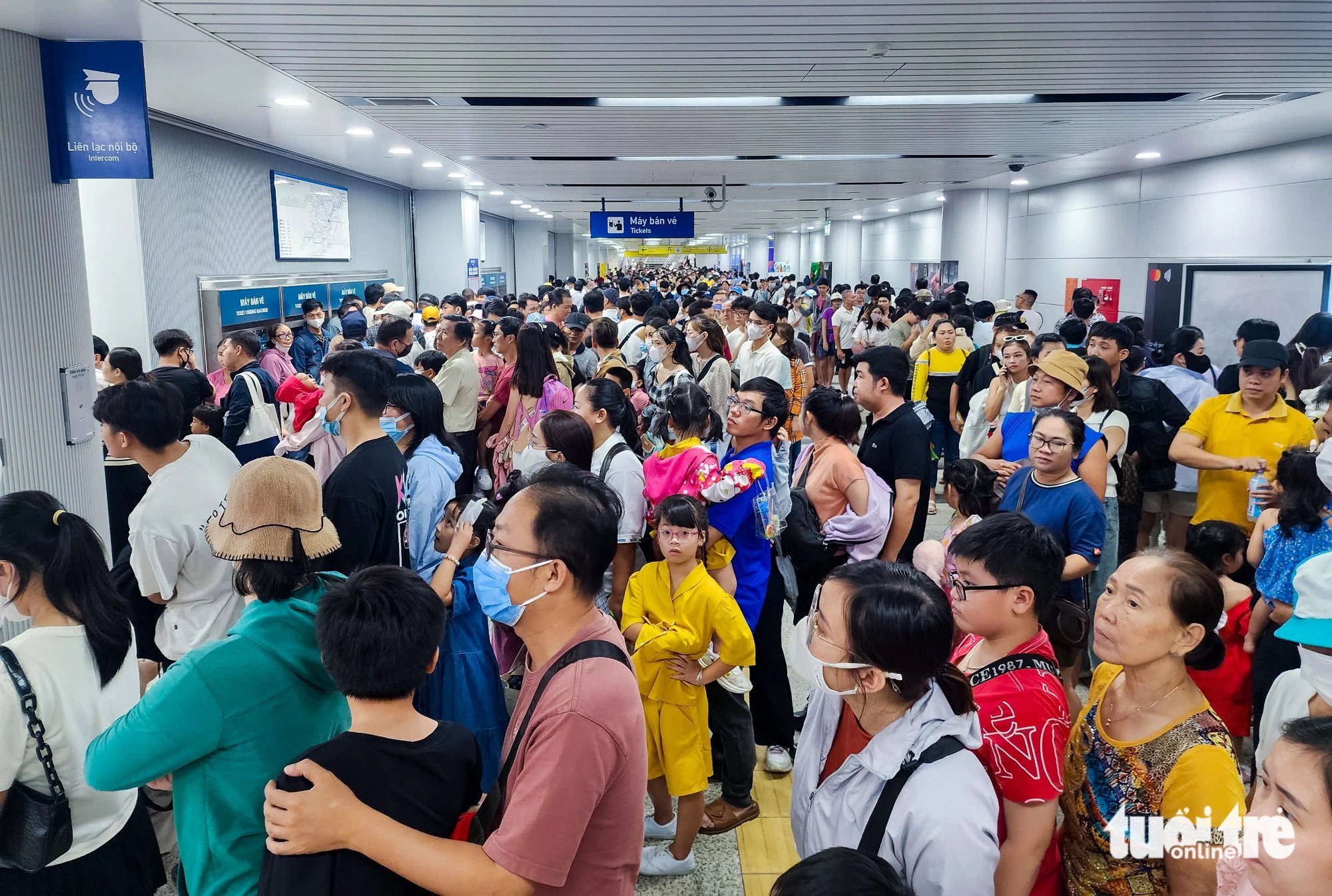
People lined up at the ticket gate and Ben Thanh station platform to take metro line 1 on January 1 - Photo: CHAU TUAN
The Government has just submitted a proposal to supplement the draft resolution of the National Assembly on piloting a number of specific and special mechanisms and policies to develop the urban railway network system in Hanoi and Ho Chi Minh City (referred to as the metro project).
Solving institutional "bottlenecks" to speed up metro construction
In the report, the Government stated that currently, more than 200 cities in the world have built urban railway systems. In practice, major cities in the world have prioritized the development of urban railways to meet the needs of urban passenger transport, considering this a fundamental solution to solve the problems of traffic congestion, environmental pollution, and traffic accidents.
Meanwhile, Hanoi and Ho Chi Minh City started construction of urban railways in 2007, but the progress is slow and cannot meet the transportation demand. The assessment shows that the implementation process has encountered many difficulties and problems in terms of mechanisms and policies, especially regulations on investment procedures, resource mobilization and implementation organization.
According to the Government, Hanoi and Ho Chi Minh City are two large cities, economic locomotives and creating a spillover effect for the whole country. Therefore, promoting investment, putting into operation, and exploiting the urban railway system synchronously and simultaneously at the present time is very necessary.
Currently, the economies of the two cities are continuously growing, so synchronous and rapid investment resources for metro lines are no longer too difficult.
However, there needs to be specific mechanisms and policies to resolve institutional "bottlenecks" in order to contribute to the goal of investing in completing the urban railway network in the two cities.
In terms of basic content, the draft resolution standardizes 6 specific and special policy groups. These include policy groups on capital mobilization; investment procedures and processes; urban development according to the TOD model; railway industry development, technology transfer and human resource training; construction material and waste disposal policies and regulations specifically applicable to Ho Chi Minh City.
In detail, as for policy group 1 on capital mobilization, with the goal of focusing on capital mobilization for metro system investment; flexibility in capital allocation, ensuring project implementation progress; implementing some investment preparation tasks in advance. The policy group has regulations on balancing and arranging medium-term public investment plans, annual targeted central budget capital supplement for local budgets, using increased revenue sources, saving central and local budget expenditures, responsibility for capital allocation of local budgets; capital allocation through medium-term public investment planning periods...
Policy Group 2 on investment implementation procedures stipulates specific contents on project investment establishment, appraisal, decision, project adjustment decision; application of norms and unit prices; application of designated bidding; payment of investment capital, separation of compensation, support, resettlement, land recovery; project appraisal and management...
The goal is to shorten the project implementation progress from the project preparation stage; decentralize and delegate authority in project appraisal and approval; remove obstacles in construction norms and unit prices; shorten the time for organizing contractor selection; and create a flexible mechanism for payment capital sources.
Ho Chi Minh City plans to start construction of the project routes in 2027.
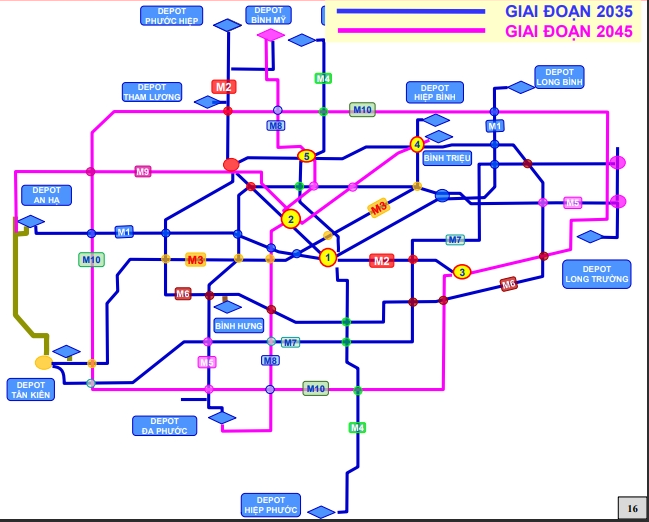
Ho Chi Minh City metro network according to planning - Diagram: Ho Chi Minh City Department of Transport
According to the metro project, Ho Chi Minh City will simultaneously invest and complete 7 metro lines with a total length of 355km by 2035.
Specifically, line 1 is a radial axis connecting west to east through the central area; connecting the new development center of Vinh Loc (west) and the high-tech park, university village (east).
Line 2 is the northwest-east axis through the center, connecting the key development area of Thu Thiem (east) to the northwest development key area.
Line 3 is a radial axis connecting the west to the northeast, connecting Tan Kien key point (west) to Linh Trung key point (northeast).
Line 4 is a radial axis connecting north to south, connecting key development areas of Phu Trung, Tan Thoi Hiep, Tan Nhi, Tan Thanh Dong (north) with the Can Gio coastal urban area (south).
Line 5 is a semi-ring route connecting south to east, connecting the Hung Long development center (south) to the Truong Tho development center (east).
Line 6 is a belt route connecting all radial routes, linking key development areas from many directions of the city.
Line 7 is a radial route connecting southwest to east, connecting the Tan Kien development center (west) through the new center of Thu Thiem area, Thanh Da to the Truong Tho development center (east).
The preliminary total investment for this phase is about 40.21 billion USD. When completed, the network of these routes is expected to ensure public passenger transport meets 40-50% of people's travel needs.
According to the roadmap, after the National Assembly issues a resolution, in 2025 the city will prepare a pre-feasibility study report to approve the investment policy for all 7 routes. Site clearance will be carried out from 2026-2029. The metro lines will begin construction in 2027.
"The implementation time for investment and construction is about 10 years with the goal of completing about 355km, this is a very short time compared to the implementation time for investment and construction of current urban railway lines.
However, with strong political determination from all levels and sectors from central to local levels, along with 6 groups of mechanisms and policies, achieving the goal by 2035 is completely feasible," the Ho Chi Minh City metro project stated.
In the period from 2036-2045, Ho Chi Minh City will continue to build and complete 3 more metro lines with a total length of about 155km to complete the network according to the plan.
Metro investment scale in Hanoi
According to the plan, the metro network in Hanoi includes 15 lines with a total length of about 616.9km. Currently, the city has put into operation line 2A (Cat Linh - Ha Dong section, 13km long) and elevated line 3 (Nhon - Cau Giay section, 8.5km long).
According to the project, Hanoi will complete the investment and construction of 10 metro lines from now until 2035 with a total length of about 410km. In the next phase (2036-2045), Hanoi will invest and complete the investment and construction of 5 more lines of about 200.7km.
Source: https://tuoitre.vn/sieu-de-an-355km-metro-tai-tp-hcm-chinh-phu-trinh-gi-len-quoc-hoi-20250209182149031.htm


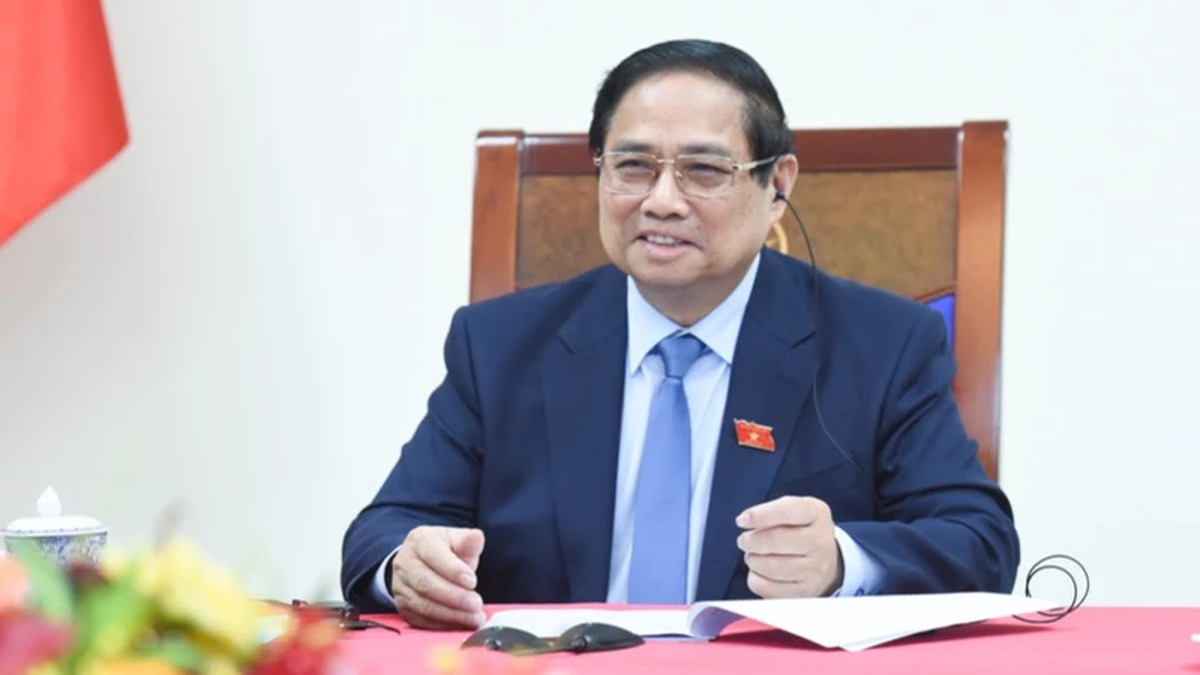
![[Photo] Prime Minister Pham Minh Chinh meets with the Policy Advisory Council on Private Economic Development](https://vphoto.vietnam.vn/thumb/1200x675/vietnam/resource/IMAGE/2025/5/8/387da60b85cc489ab2aed8442fc3b14a)
![[Photo] National Assembly Chairman Tran Thanh Man chairs the meeting of the Subcommittee on Documents of the First National Assembly Party Congress](https://vphoto.vietnam.vn/thumb/1200x675/vietnam/resource/IMAGE/2025/5/8/72b19a73d94a4affab411fd8c87f4f8d)
![[Photo] President Luong Cuong presents the decision to appoint Deputy Head of the Office of the President](https://vphoto.vietnam.vn/thumb/1200x675/vietnam/resource/IMAGE/2025/5/8/501f8ee192f3476ab9f7579c57b423ad)

![[Photo] General Secretary concludes visit to Azerbaijan, departs for visit to Russian Federation](https://vphoto.vietnam.vn/thumb/1200x675/vietnam/resource/IMAGE/2025/5/8/7a135ad280314b66917ad278ce0e26fa)
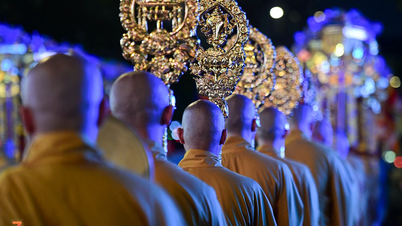



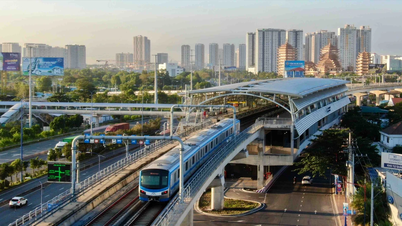





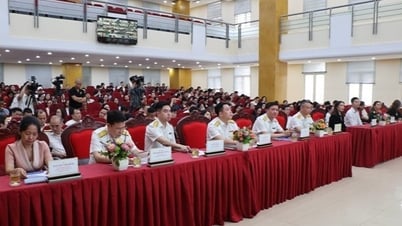


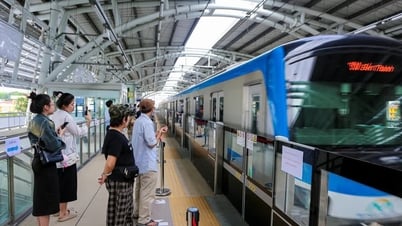
































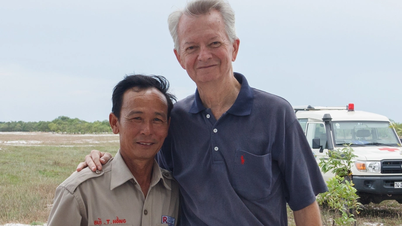










![[Photo] Prime Minister Pham Minh Chinh talks on the phone with Singaporean Prime Minister Lawrence Wong](https://vphoto.vietnam.vn/thumb/402x226/vietnam/resource/IMAGE/2025/5/8/e2eab082d9bc4fc4a360b28fa0ab94de)
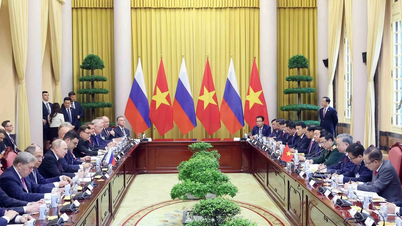




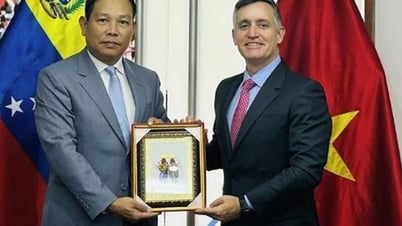

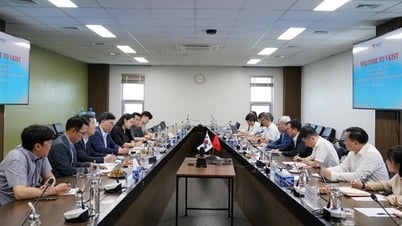


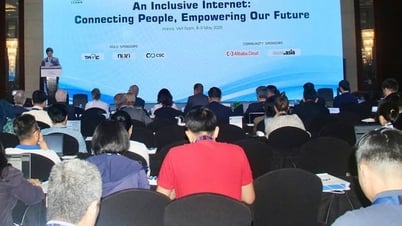
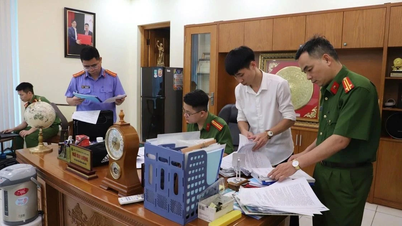



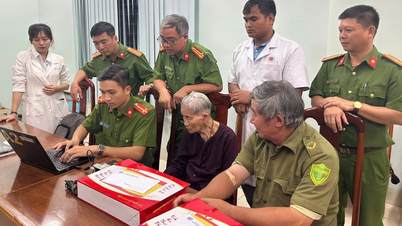

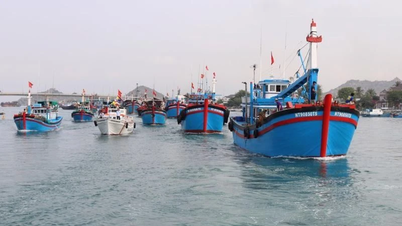
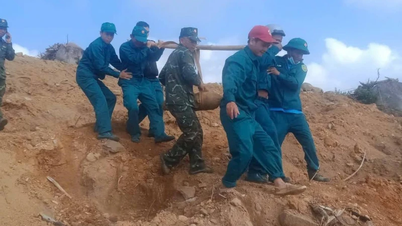
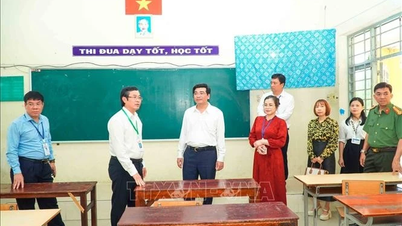













Comment (0)